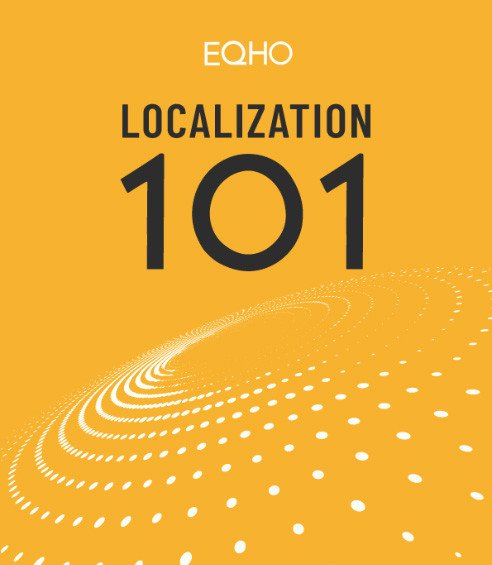Malay Localization
Malay or ‘Bahasa Malaysia’ is not considered to be a complex language from a localization standpoint. As with Indonesian, Malay also uses the Latin alphabet so is compatible throughout virtually all programs and platforms. Apart from ensuring that vocabulary is appropriate to the writer, subject and target audience, and provided that professional Malay translators with the right level of subject-matter expertise are assigned to projects, Malay localization does not usually throw up much of a challenge.
One aspect that does however require more careful attention is Malay voiceover, due to the large number of accents and dialects in Malaysia. Consideration therefore needs to be given to the choice of voice artist to ensure that they are appropriate to the target audience.


